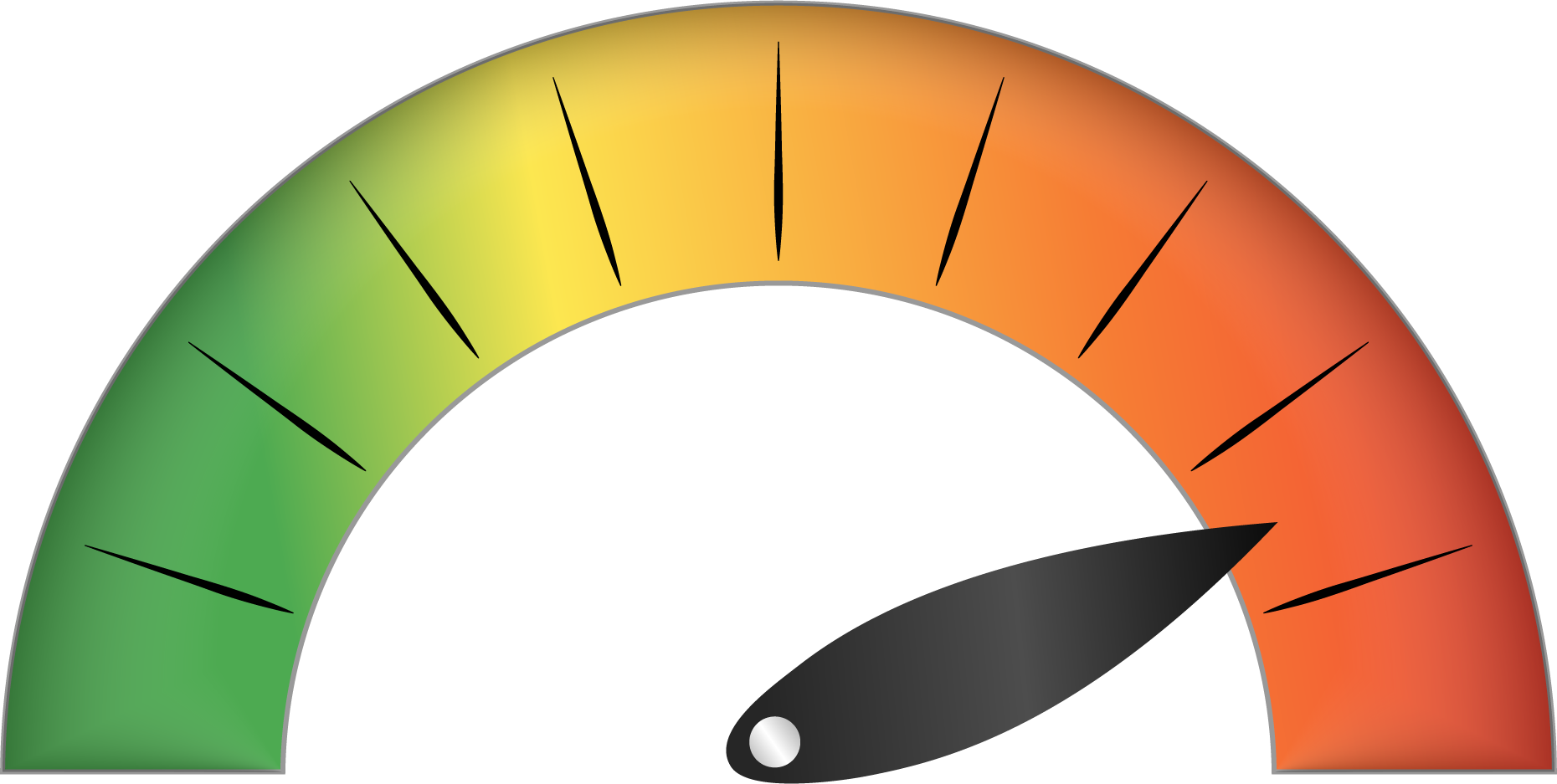Welcome To Your Enneagram Mood Check-In ✨

Your current state is:
unhealthy
Where Are You Right Now Enneagram 7?
When stressed, you may overindulge in distractions, avoiding uncomfortable feelings. This reflects a shift toward Type 1 energy, where you might become critical or rigid. Use this as a reminder to slow down, reflect on your emotions, and seek balance in your pursuits.
How This Shows Up: Signs You’re Here
You might find yourself bouncing between distractions, avoiding discomfort or difficult emotions. Restlessness or impulsivity can leave you feeling scattered or unfulfilled. Pursuing excitement without deeper connection can lead to a sense of emptiness or burnout.
I become insatiable, reckless, and overwhelmed
How This Feels: Emotional Indicators
You might feel restless or scattered, jumping from one thing to the next in search of satisfaction. For example, you could plan a fun weekend getaway but find yourself distracted by your next idea before you’ve even unpacked. There’s a sense of always chasing happiness but never quite catching it.
WHAT’S FUELING THIS:
Common Triggers or Mindsets
-
Chasing the next exciting idea or opportunity, which can leave you feeling scattered or unfulfilled.
-
You avoid discomfort by jumping from one distraction to the next.
-
You believe that staying busy will keep negative feelings at bay.
FINDING YOUR BALANCE
-
Stop and take 3 slow breaths before jumping into your next activity.
-
Pick one thing to focus on—set a timer for 15 minutes and work on just that.
-
Write down something you’re avoiding and commit to addressing it, even in a small way.

Remember: This Is Temporary
This restless or scattered feeling isn’t forever. Pause, take a breath, and focus on one small step at a time. The advice above can help you slow down and reconnect with what truly matters. You have the power to find your way back to a place of joy and gratitude.

Celebrate Your Growth:
When restlessness or distraction takes over, reaching out to someone supportive can help you slow down and refocus. Share how you’re feeling with a trusted friend, partner, or coach—they can help ground you and remind you of what truly matters. This state is only temporary, and connection can bring the clarity and stability you need to move forward with intention.
New to the Enneagram Levels of Development? Start Here!
LEVELS OF DEVELOPMENT
Each type is divided into 9 levels of Psychological Health, 1= highest & 9=lowest. These are grouped into Healthy, Average & Unhealthy. At each level, we employ different strategies to reinforce our identity
Core Traits of Enneagram 7 at each Level
HEALTHY
1
Grateful, joyful, present-focused, deeply appreciative, optimistic.
2
Spontaneous, playful, curious, upbeat, open-minded.
3
Versatile, adventurous, lively, energetic, resourceful.
AVERAGE
4
Distracted, scattered, overly busy, pleasure-seeking, restless.
5
Frantic, indulgent, escapist, overextended, impatient.
6
Impulsive, irresponsible, hyperactive, excessive, insensitive.
UNHEALTHY
7
Hedonistic, manic, desperate, selfish, uncontrollable.
8
Addicted, reckless, destructive, compulsive, chaotic.
9
Deranged, self-destructive, disconnected, despairing, broken.
Enneagram Levels of Development: Healthy, Average, and Unhealthy
HEALTHY RANGE:
In the healthy range, you’re not overly tied to your self-image or identity. You feel free to explore and express yourself in authentic and dynamic ways. By letting go of rigid definitions of who you are, you naturally align with your values and act in ways that reflect your true self, effortlessly reinforcing your sense of purpose and wholeness.
-
Level 1 – Liberation (Ego transcended-balance and freedom)
-
Level 2 – Psychological Capacity (Ego is identified as an ideal-self)
-
Level 3 – Social Value (Ego operating in a constructive way)
AVERAGE RANGE:
In this range, some imbalance starts to show, and your focus narrows. You may become more preoccupied with your identity and how others perceive you. To maintain this image, you might rely on social roles, subtle manipulation, or trying to control situations, all in an effort to reinforce your sense of self.
-
Level 4 – Imbalance (Ego-role assumed, defences increased)
-
Level 5 – Interpersonal Control (Manipulative & Defended)
-
Level 6 – Overcompensation (Ego inflation, conflicts with others)
UNHEALTHY RANGE:
In the unhealthy range, your focus on your identity becomes so intense that it distorts your perception of reality. You may see yourself in a way that feels completely disconnected from how others experience you, creating a sense of isolation or misunderstanding.
-
Level 7 – Violation (Survival tactic, neurotic)
-
Level 8 – Delusion and Compulsion (Major personality disorder)
-
Level 9 – Pathological Destructiveness (Psychosis, breakdown).
UNHEALTHY RANGE
AND ITS LEVELS
7. Level of Violation: IMPULSIVE ESCAPIST
At the Level of Violation, Enneagram 7s spiral into reckless escapism, desperately avoiding anxiety through impulsive, hedonistic excess. Addictions and indulgence consume them, leading to abusive and depraved behavior. Bitter and uninhibited, they lash out, seeking stimulation but feeling empty. Once the life of the party, they now act out childish whims without joy, lost in a cycle of destructive, thrill-seeking recklessness.
8. Level of Delusion & Compulsion: MANIC COMPULSIVE
At the Level of Delusion & Compulsion, Enneagram 7s spiral into manic, erratic behavior, desperate to feel anything but their own despair. Terrified they’ve ruined their lives, they recklessly act on every impulse, swinging between numbness and hysteria. Obsessed with escape, they take heedless risks, compulsively chasing thrills while avoiding the crushing weight of their unresolved pain.
9. Level of Pathological Destructiveness: PANIC-STRICKEN HYSTERIC
At the Level of Pathological Destructiveness, Enneagram 7s crash into despair, their once-boundless energy completely drained. Overwhelmed and panic-stricken, they feel trapped in a nightmare where happiness is impossible. Spiraling into deep depression and self-condemnation, they may turn to reckless self-destruction—substance abuse, dangerous escapism, or even impulsive suicide. Their desperate fight to avoid pain ends in total collapse, consumed by hopelessness.